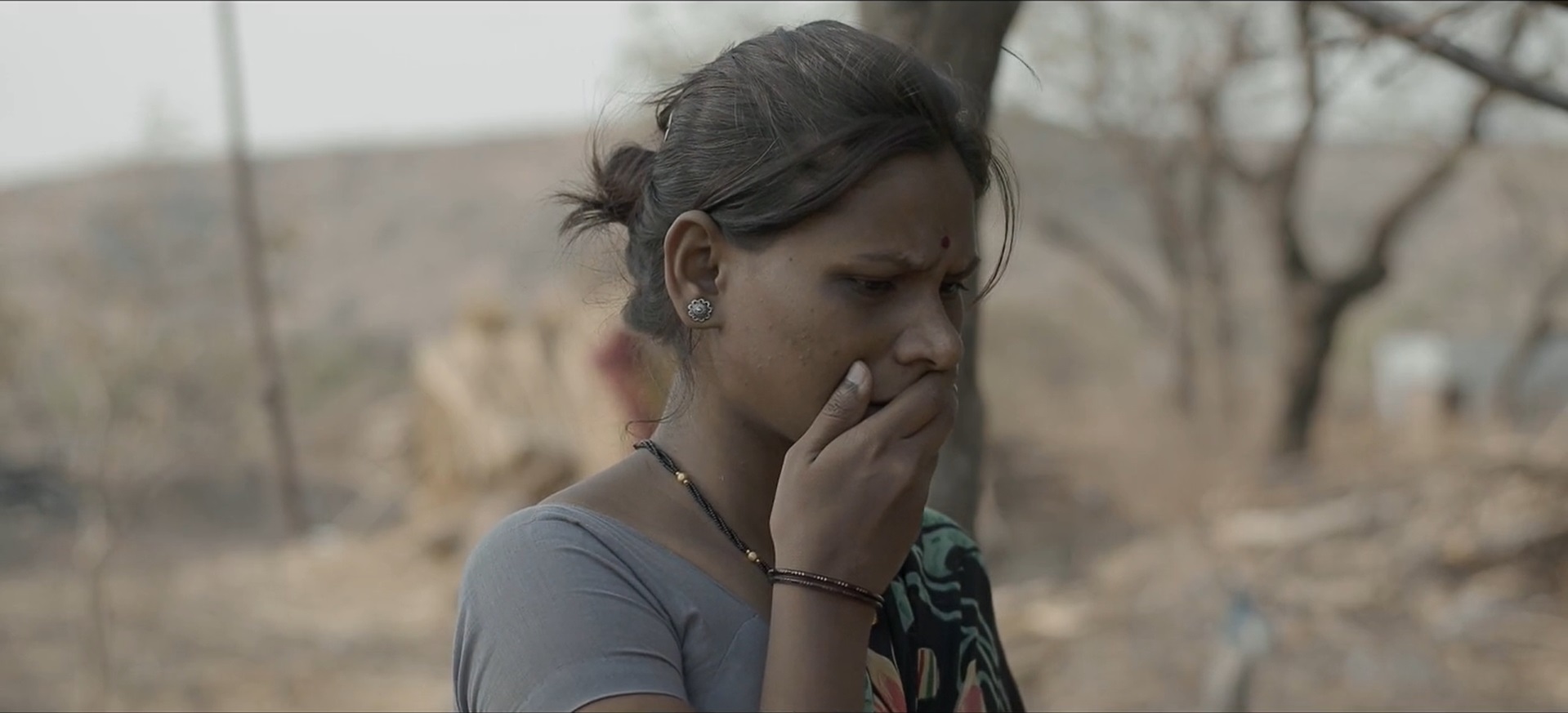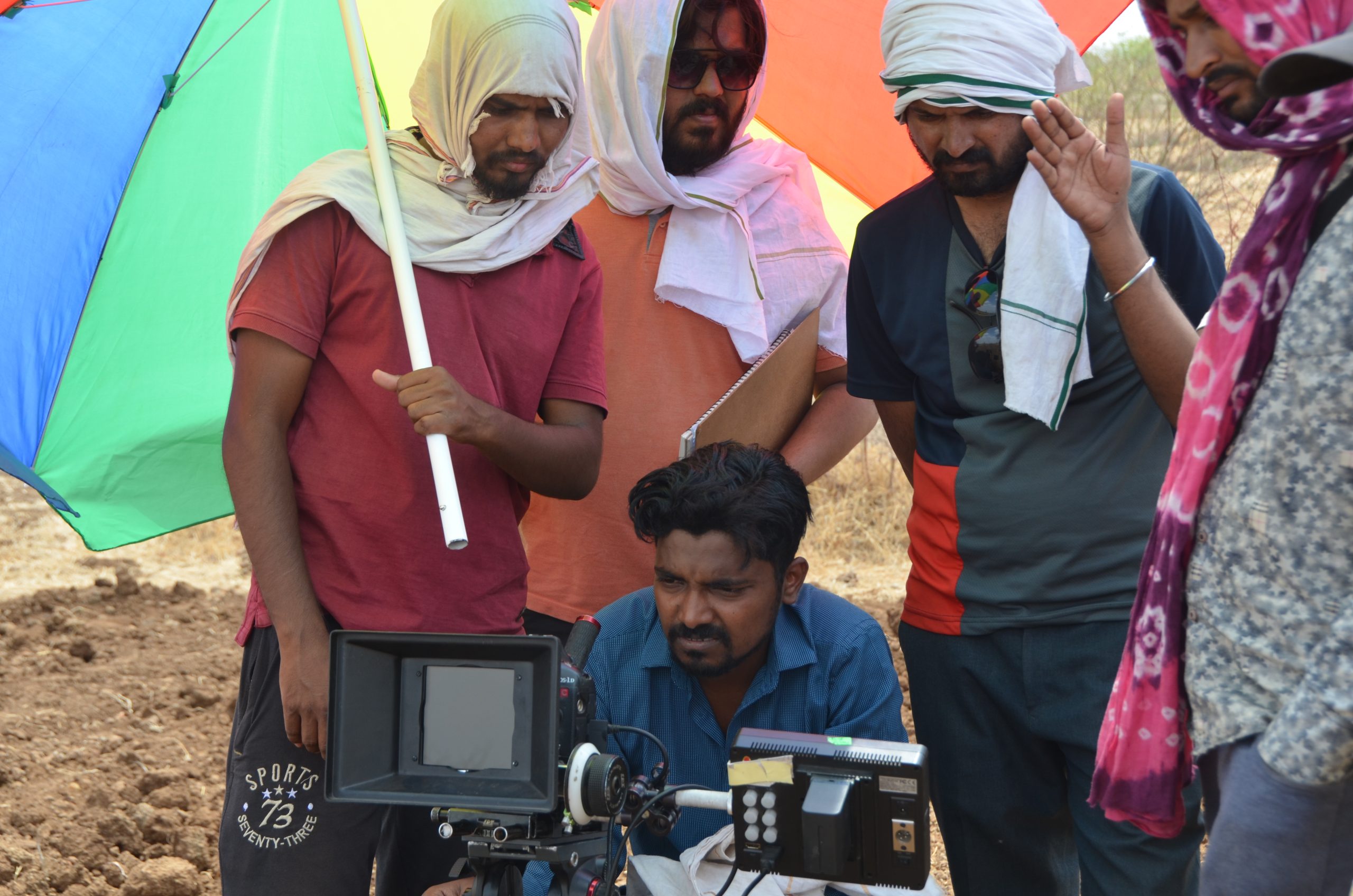Ankur

CAT INDEX
CAT INDEX OVERVIEW
SCREENPLAY
MAKING
ACTING
Directed by Mohan Anandrao Dhuldhar | Reviewed by Debopam Deb Roy
The film Ankur is a Marathi language short film from India written, directed and produced by Mohan Anandrao Dhuldhar. Completed in the month of October, 2021, Ankur runs roughly for around 28 minutes in which we get to observe the struggles of a shepherd family who toil day in and out trying to meet ends. The film explores the rural landscape quite intricately via the help of cinematic devices such as close-ups, tracking shots and deep focus. The livelihood of a small family which depends entirely on agriculture and pastoral farming has to go through several hardships throughout the year. Even in a standard economic year, the gross income from farming is never enough to sustain a comfortable lifestyle, let alone pursue their dreams. However, situations turn dire when an entire village is affected by drought and the family is left with no other option than to migrate to another location far from home, just to win the daily bread. Climatic conditions are turning for the worse as every year passes by and Ankur stands out as one prominent work of art which shows us the hazards of living a farmer’s life depending on Mother Nature, quite skillfully.
When there’s scarcity of water, life becomes extremely hard to sustain. Ankur is a brilliant depiction of how life becomes difficult to sustain when a village is inflicted by drought. The striking images of a dried up abandoned well, the head of the family facing difficulty in driving the plough through the dry field, the wife carrying pitchers full of water from far away are symbolic of their daily struggle. Even the food that they eat merely consist of bread and pickle of some sort. In one particular scene, we see the entire family leave their food and run for water, just to quarrel with the village folk for their respective share. The family even start to consider migrating to Mumbai or Pune to try their luck, but Digya is reluctant on leaving his farmland upon which he had invested so much for years. He tries to farm cotton plants, but all his plans end up in vain. He is forced to take up the job of a daily laborer to feed his family and as a result, leaves his family for a few days. On the other hand, his son Dilip, a young adolescent and a budding wrestler, wishes to pursue a career in wrestling instead of following his father’s footsteps. He is presented in the film as a boy who is innovative, hardworking and passionate. The thought of earning money has been instilled in his head from a very young age and perhaps, this is the only reason he wants to become a wrestler.
Through medium close-up shots of day-to-day objects to close-up shots of facial expressions, the film takes us on a journey into the life of the shepherd family. The camera goes from observing life to entering Dilip’s dream and back to reality, which is quite outstanding. The use of deep focus in certain shots give us a clearer idea of how arid the village actually is. Dried up trees, thorny bushes, dusty fields and empty wells- all signify that life can be pretty harsh when there’s no water. This spatial establishment becomes more significant with the addition of extra diegetic sounds like that of eagle’s screeching, sound of dry wind blowing, other background music, etc. Another interesting aspect would be how the sparring shots were filmed. Throughout the film, most of the shots where we see Dilip sparring with his opponents, are shot at night. Every single sparring shot we saw, Dilip had to struggle to break free from his opponent. It is only when Dilip decides to change his own fate and work hard for the upcoming wrestling championship, do we see him taking the upper hand at the spar A successive number of shots are shot in daylight where we see Dilip working out, but most of them being silhouette in nature.
The film Ankur quite effectively underlines the recurrent problems of the working class of India. One cannot help, but sympathize with the characters in the story. Digya is an embodiment of past ideals and is reluctant on listening to his own son and wife. Whereas both Dilip and his mother believe in trying something new for a change. The son and the father are polar opposites and thus, share a strained relationship. However, the film ends on a surprising note which eventually resolves all constraints between them. Ankur is an outstanding short film which definitely deserves global exposure and can be presented as an example for many.
 Debopam Deb Roy graduated from Jadavpur University with Film Studies. He is currently working as a Blogger/Reviewer/Unit production manager in Kolkata.
Debopam Deb Roy graduated from Jadavpur University with Film Studies. He is currently working as a Blogger/Reviewer/Unit production manager in Kolkata.





